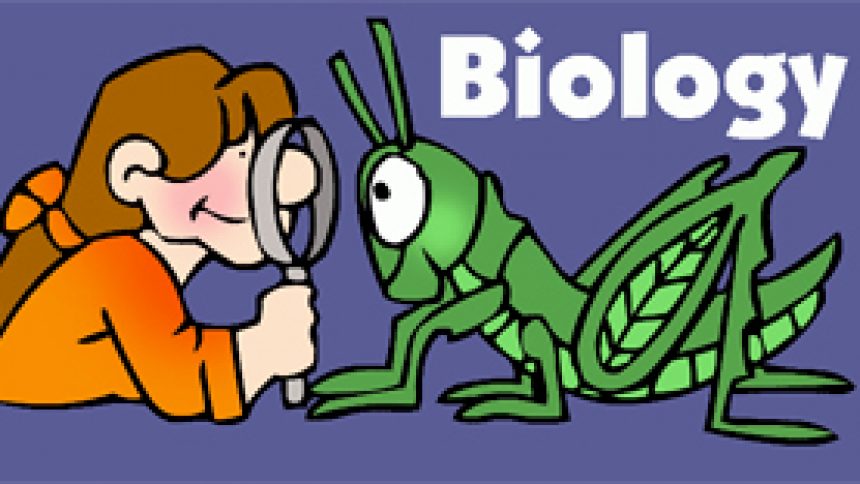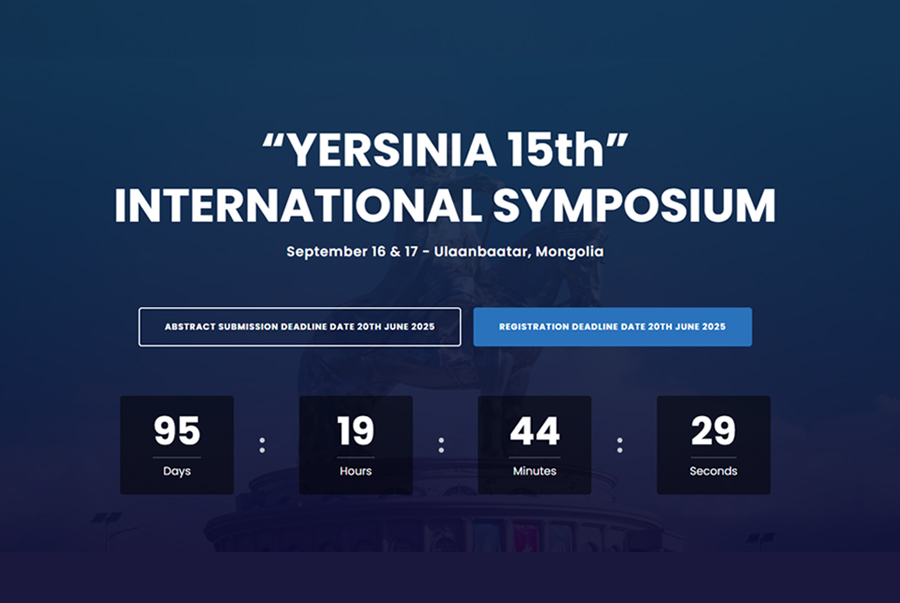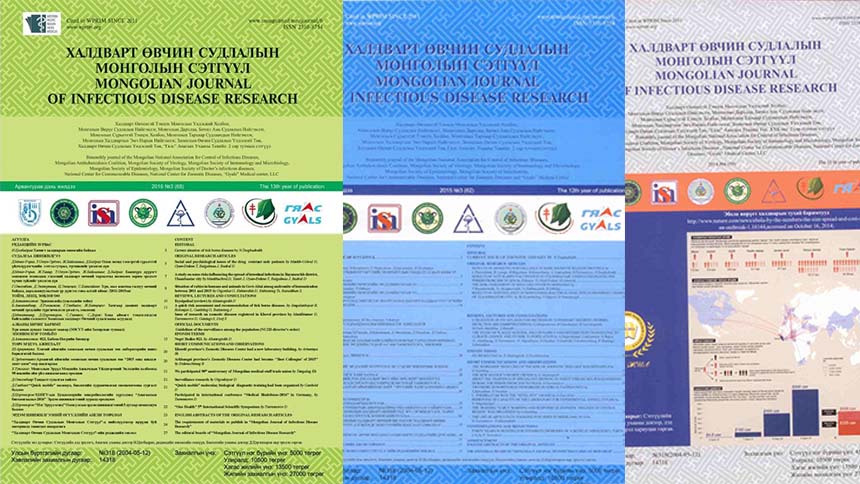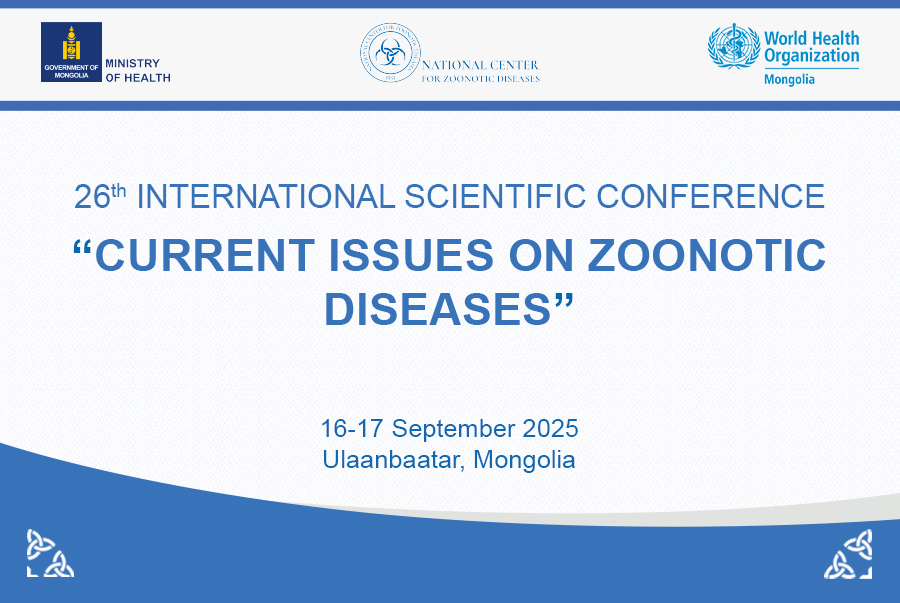Biologists and other scientists use the scientific method to ask questions about the natural world. The scientific method begins with an observation, which leads the scientist to ask a question. She or he then comes up with a hypothesis, a testable explanation that addresses the question.
A hypothesis isn’t necessarily right. Instead, it’s a “best guess,” and the scientist must test it to see if it’s actually correct. Scientists test hypotheses by making predictions: if hypothesis \text XXX is right, then \text YYY should be true. Then, they do experiments or make observations to see if the predictions are correct. If they are, the hypothesis is supported. If they aren’t, it may be time for a new hypothesis.
How are hypotheses tested?
When possible, scientists test their hypotheses using controlled experiments. A controlled experiment is a scientific test done under controlled conditions, meaning that just one (or a few) factors are changed at a time, while all others are kept constant. We’ll look closely at controlled experiments in the next section.
In some cases, there is no good way to test a hypothesis using a controlled experiment (for practical or ethical reasons). In that case, a scientist may test a hypothesis by making predictions about patterns that should be seen in nature if the hypothesis is correct. Then, she or he can collect data to see if the pattern is actually there.
Controlled experiments
What are the key ingredients of a controlled experiment? To illustrate, let’s consider a simple (even silly) example.
Suppose I decide to grow bean sprouts in my kitchen, near the window. I put bean seeds in a pot with soil, set them on the windowsill, and wait for them to sprout. However, after several weeks, I have no sprouts. Why not? Well…it turns out I forgot to water the seeds. So, I hypothesize that they didn’t sprout due to lack of water.
To test my hypothesis, I do a controlled experiment. In this experiment, I set up two identical pots. Both contain ten bean seeds planted in the same type of soil, and both are placed in the same window. In fact, there is only one thing that I do differently to the two pots:
- One pot of seeds gets watered every afternoon.
- The other pot of seeds doesn’t get any water at all.
After a week, nine out of ten seeds in the watered pot have sprouted, while none of the seeds in the dry pot have sprouted. It looks like the “seeds need water” hypothesis is probably correct!
Let’s see how this simple example illustrates the parts of a controlled experiment.
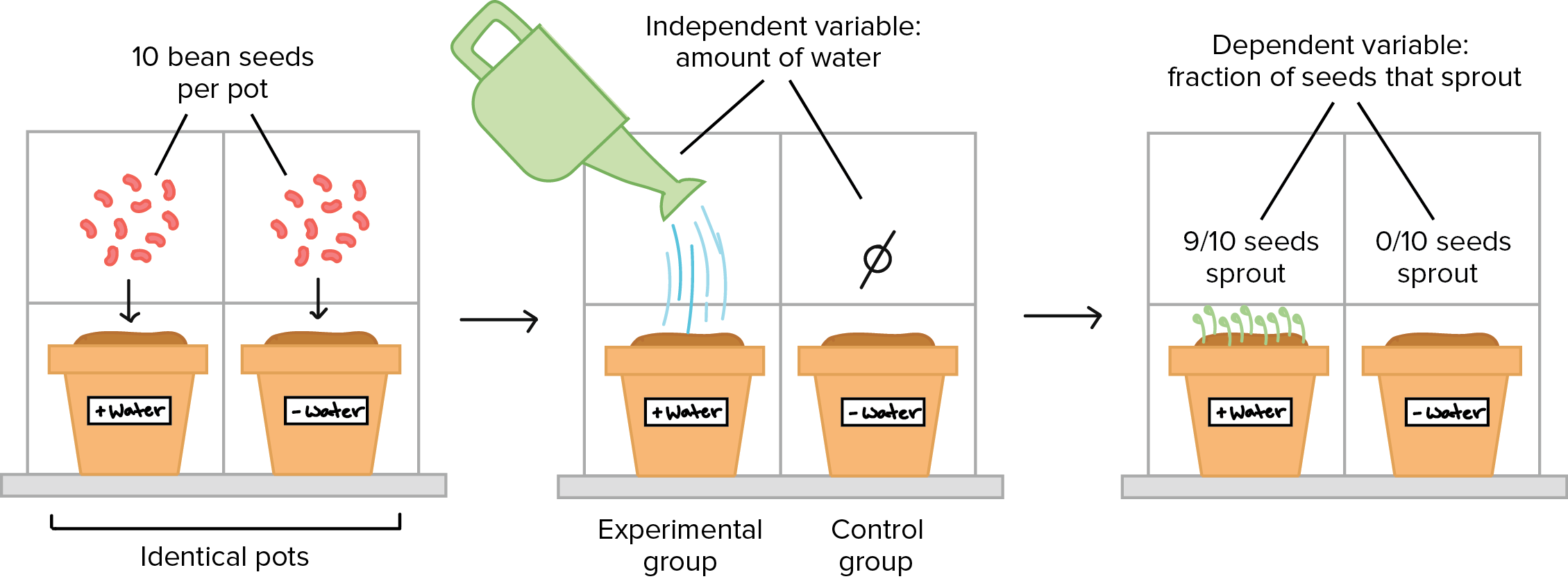
Panel 1: Two identical pots are prepared. 10 bean seeds are added to each pot. The pots are placed near the window.
Panel 2: One pot (experimental group) is watered. The other pot (control group) is not watered. The independent variable is the amount of water given.
Panel 3: In the experimental (watered) pot, 9/10 seed sprout. In the control (unwatered) pot, 0/10 seeds sprout. The fraction of seeds that sprout is the dependent variable.
Control and experimental groups
There are two groups in the experiment, and they are identical except that one receives a treatment (water) while the other does not. The group that receives the treatment in an experiment (here, the watered pot) is called the experimental group, while the group that does not receive the treatment (here, the dry pot) is called the control group. The control group provides a baseline that lets us see if the treatment has an effect.
Independent and dependent variables
The factor that is different between the control and experimental groups (in this case, the amount of water) is known as the independent variable. This variable is independent because it does not depend on what happens in the experiment. Instead, it is something that the experimenter applies or chooses him/herself.
In contrast, the dependent variable in an experiment is the response that’s measured to see if the treatment had an effect. In this case, the fraction of bean seeds that sprouted is the dependent variable. The dependent variable (fraction of seeds sprouting) depends on the independent variable (the amount of water), and not vice versa.
Experimental data (singular: datum) are observations made during the experiment. In this case, the data we collected were the number of bean sprouts in each pot after a week.
Variability and repetition
Out of the ten watered bean seeds, only nine came up. What happened to the tenth seed? That seed may have been dead, unhealthy, or just slow to sprout. Especially in biology (which studies complex, living things), there is often variation in the material used for an experiment – here, the bean seeds – that the experimenter cannot see.
Because of this potential for variation, biology experiments need to have a large sample size and, ideally, be repeated several times. Sample size refers to the number of individual items tested in an experiment – in this case, 101010 bean seeds per group. Having more samples and repeating the experiment more times makes it less likely that we will reach a wrong conclusion because of random variation.
Biologists and other scientists also use statistical tests to help them distinguish real differences from differences due to random variation (e.g., when comparing experimental and control groups).


